Over the last few years, rucking has taken the fitness industry by storm. Once people discover the meaning of rucking, the simplicity of the word and the workout has led it to become a staple in thousands of athletes' workout routines.
But the problem is, the majority of people have never heard of rucking, so they really don’t know how simple (and effective) it is. So…
What is Rucking?
Rucking is simply the act of adding a weighted backpack to your walk, hike, or run. Yes, that’s it. Coming from military origins, the term evolved from the soldiers who carried heavy ‘rucksacks,’ hence the name ‘rucking.’ It combines cardio with resistance training in a way that’s accessible to almost anyone, regardless of fitness level.
Whether you're walking through the streets, hiking up a mountain, or just taking your dog for a walk, adding a weighted backpack turns a simple activity into an effective workout. The added weight increases the intensity of the exercise, providing a full-body workout that targets your core, back, legs, and shoulders.
What are the benefits of rucking?
Rucking offers numerous benefits, making it a versatile and effective workout option for people of all fitness levels:
- Improves Cardiovascular Health: Rucking is a low-impact cardio exercise that raises your heart rate, similar to walking or hiking. The added weight increases the intensity, helping to improve your cardiovascular endurance and overall heart health without the joint stress that running might cause.
- Builds Strength and Muscle: The resistance from carrying weight engages multiple muscle groups, especially in the lower body and core. Your legs, glutes, back, and shoulders all work harder, leading to increased strength and muscle tone over time.
- Burns More Calories: By adding weight to your walk, you naturally burn more calories than you would during a normal walk. This makes rucking an excellent choice for those looking to lose weight or improve their body composition.
- Enhances Posture and Balance: Carrying weight on your back engages your core and back muscles, which helps improve your posture. Over time, this can lead to better balance and alignment, reducing the risk of injury both during workouts and in everyday activities.
- Low Impact: Unlike running, rucking is gentle on your joints. It’s a great alternative for those who need to avoid high-impact activities but still want to challenge their cardiovascular system and build strength.
- Adaptable for All Fitness Levels: One of the best things about rucking is its adaptability. You can start with a light weight load and gradually increase the weight as your strength and endurance improve. It's easy to adjust the workout to match your fitness level, making it accessible for beginners and advanced athletes alike.
- Builds Endurance and Resilience: Rucking isn't just about physical strength; it also builds mental toughness and resilience. The act of carrying weight over long distances mimics the kind of endurance training that can be both physically and mentally challenging, helping you build grit and determination.
How to get started?
To get the most out of your rucking sessions, be sure to get a Rucking Backpack specially designed to maximise performance, versatility and comfort.
Then you can begin a 6 Week Beginner's Rucking Plan, from the King of rucking himself, Jonny Pain.





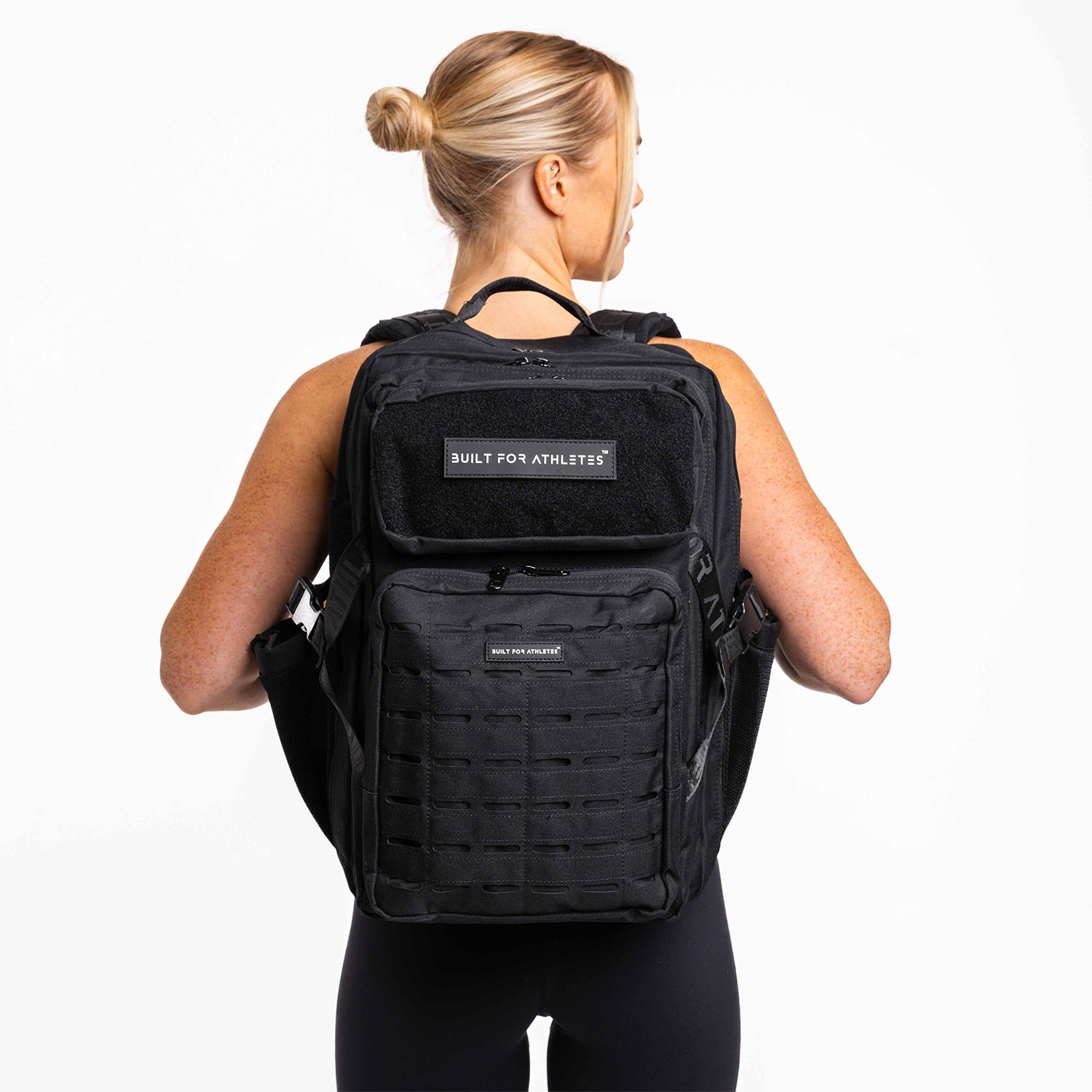






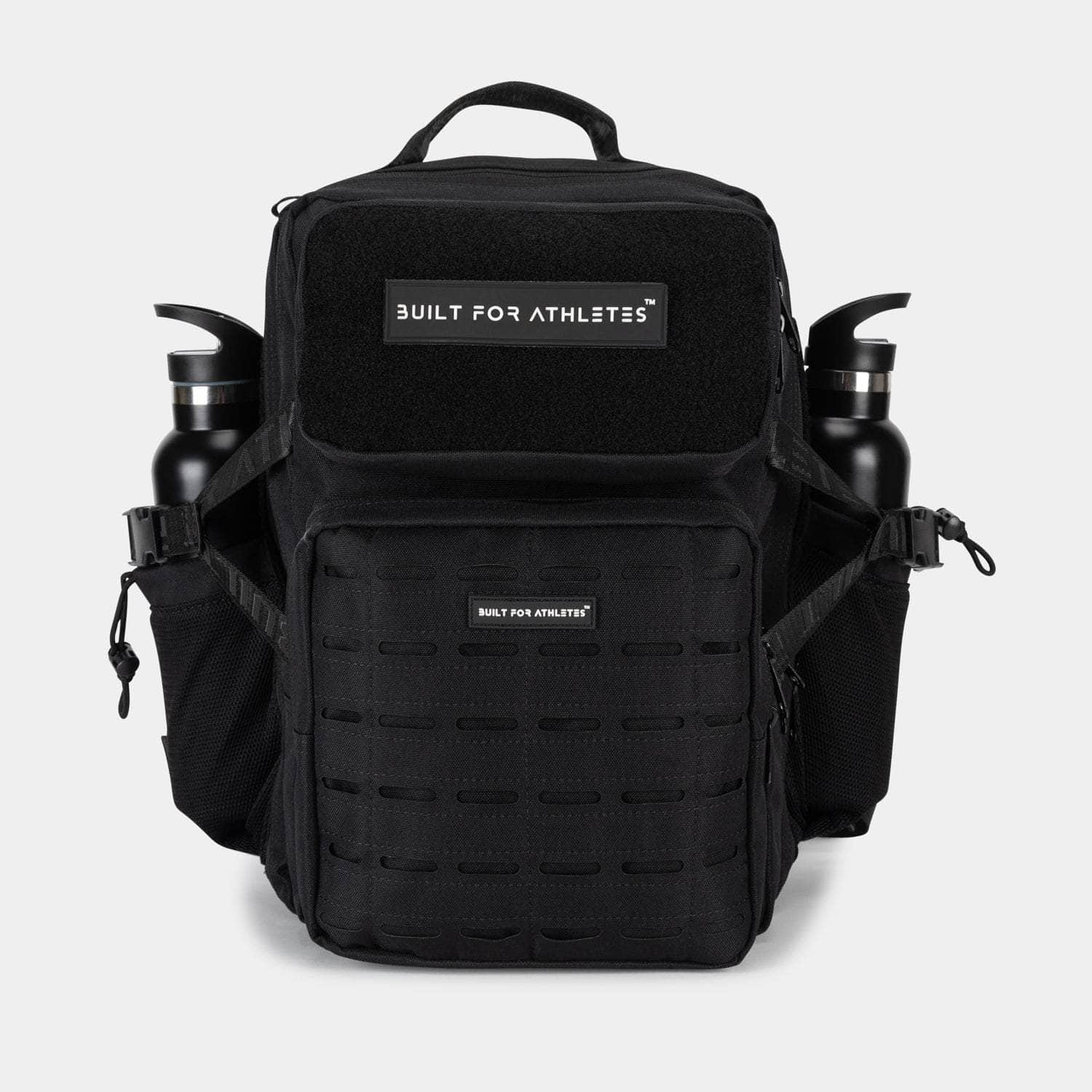
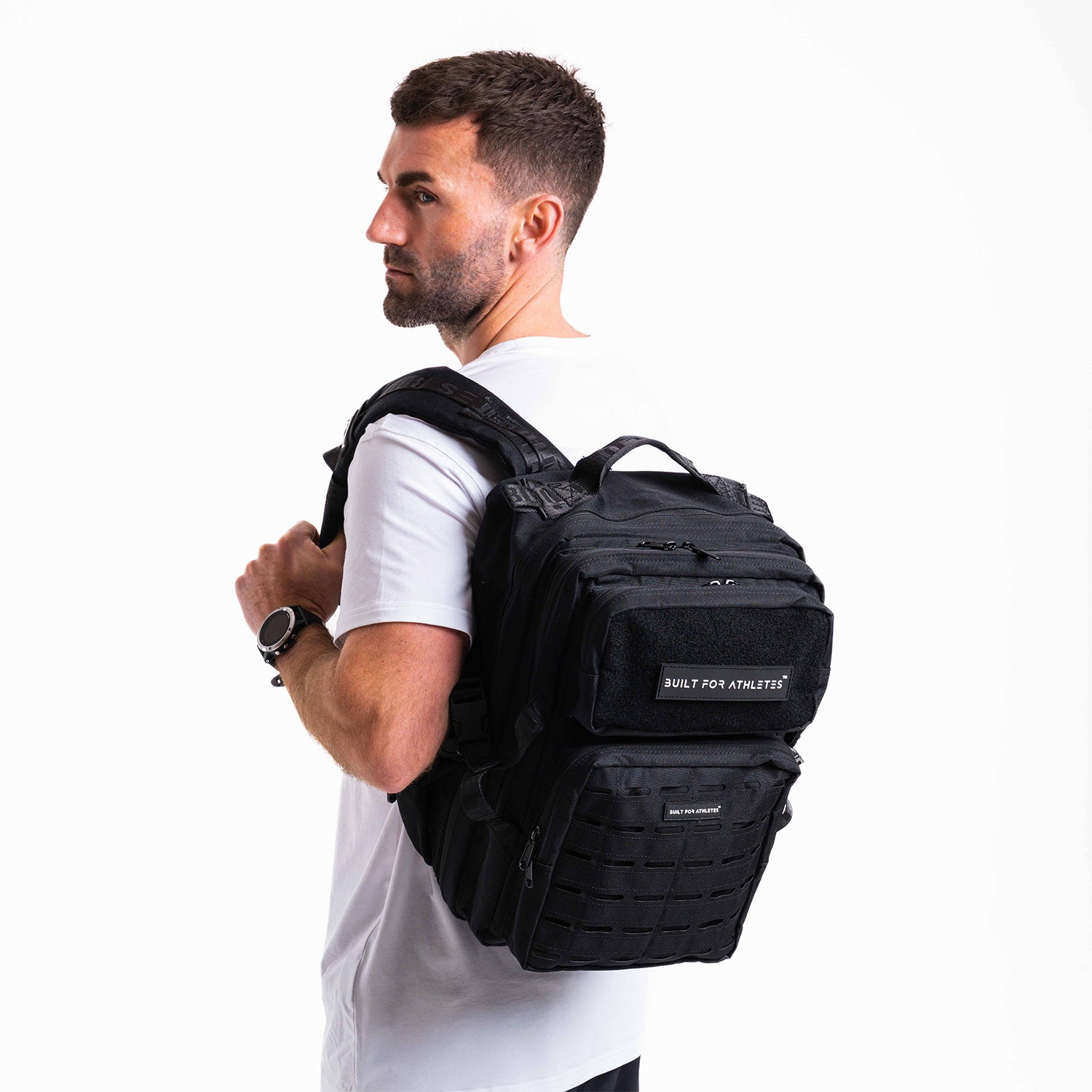

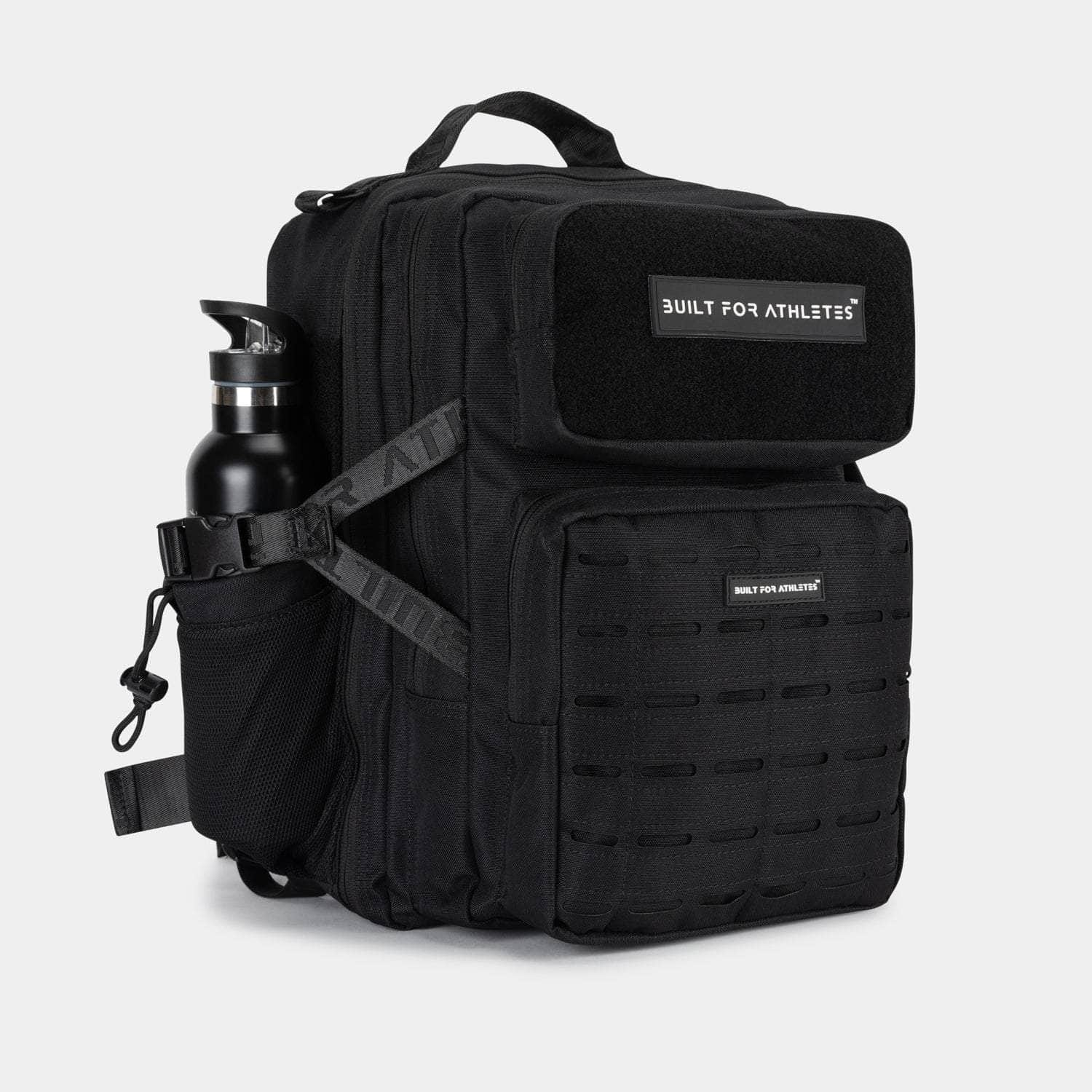



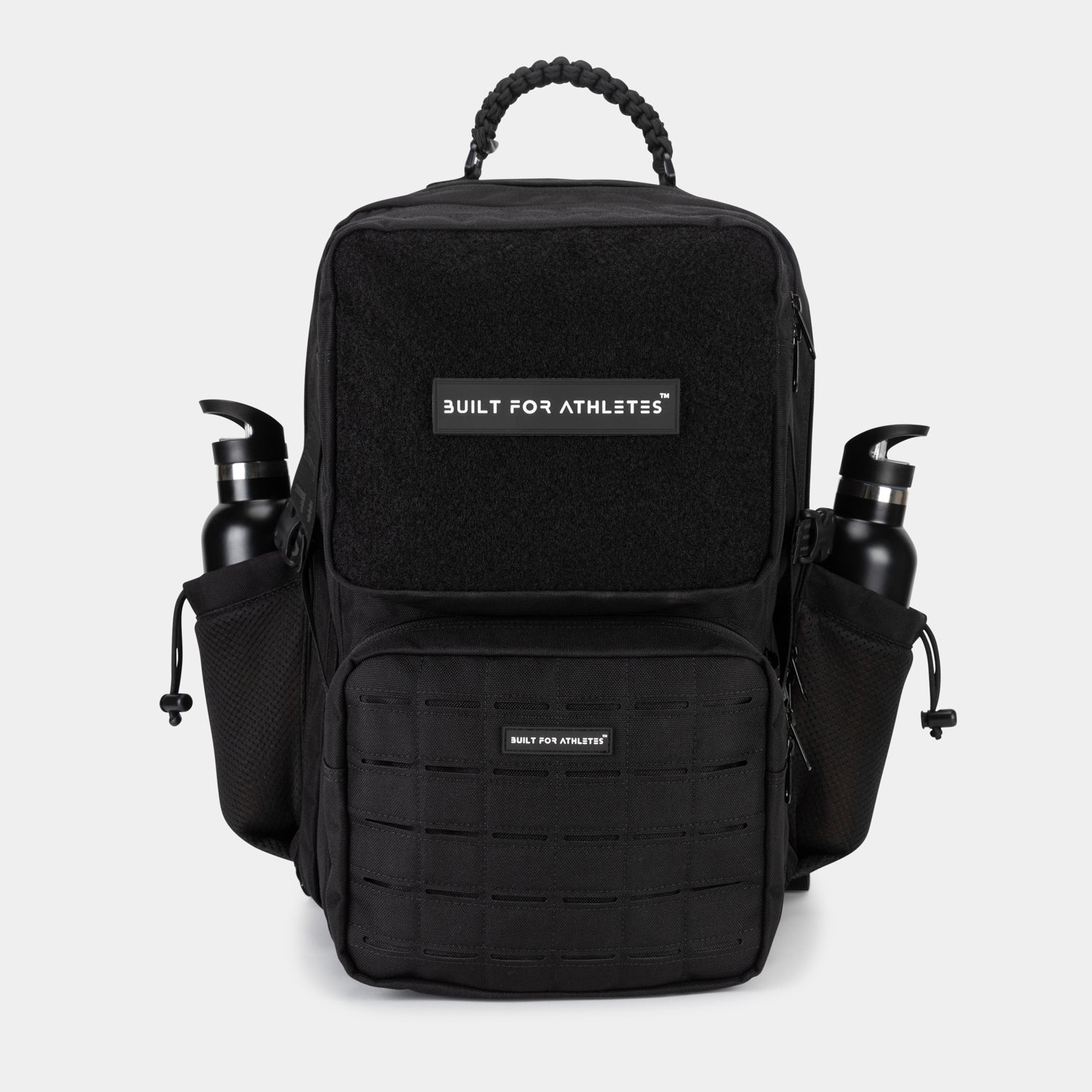
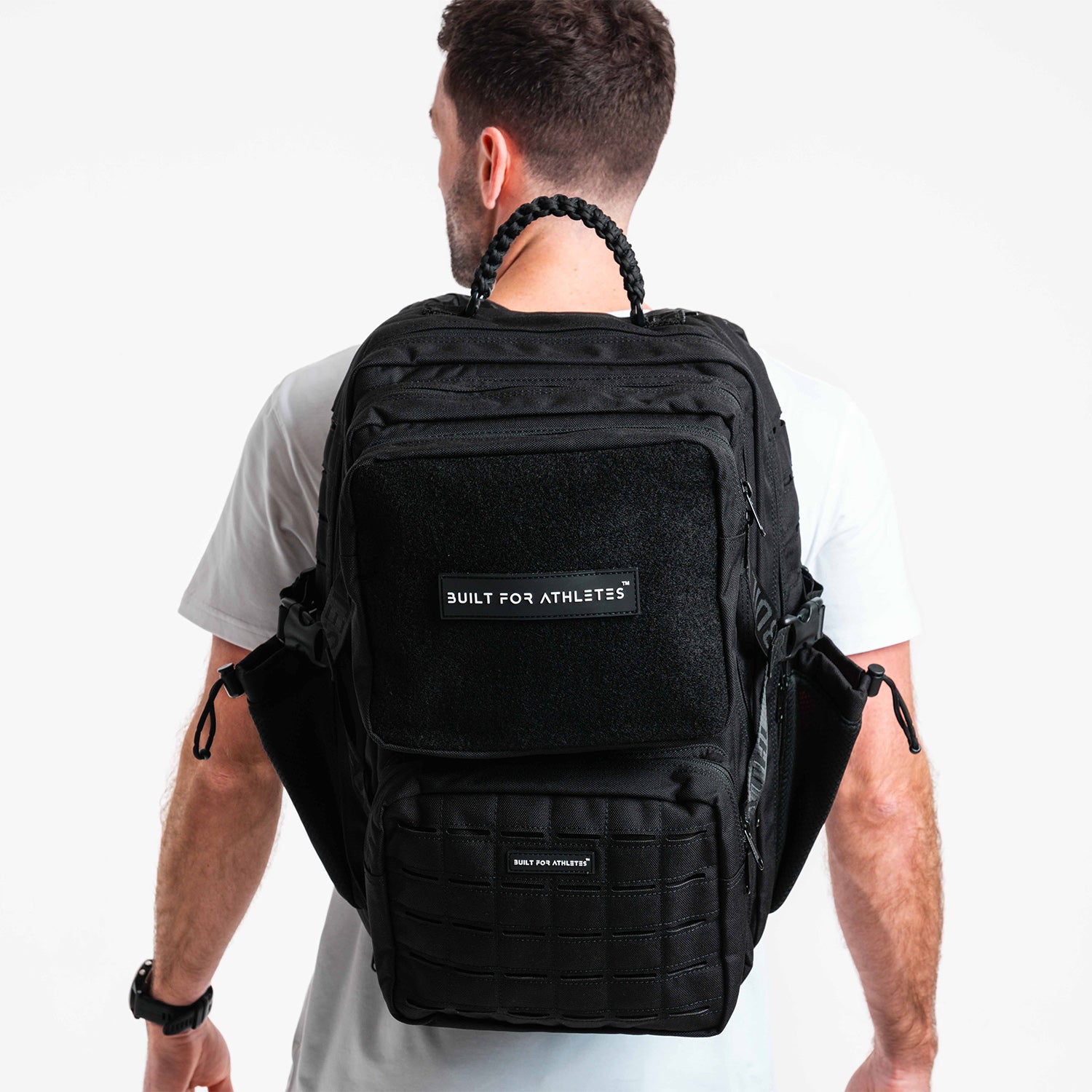

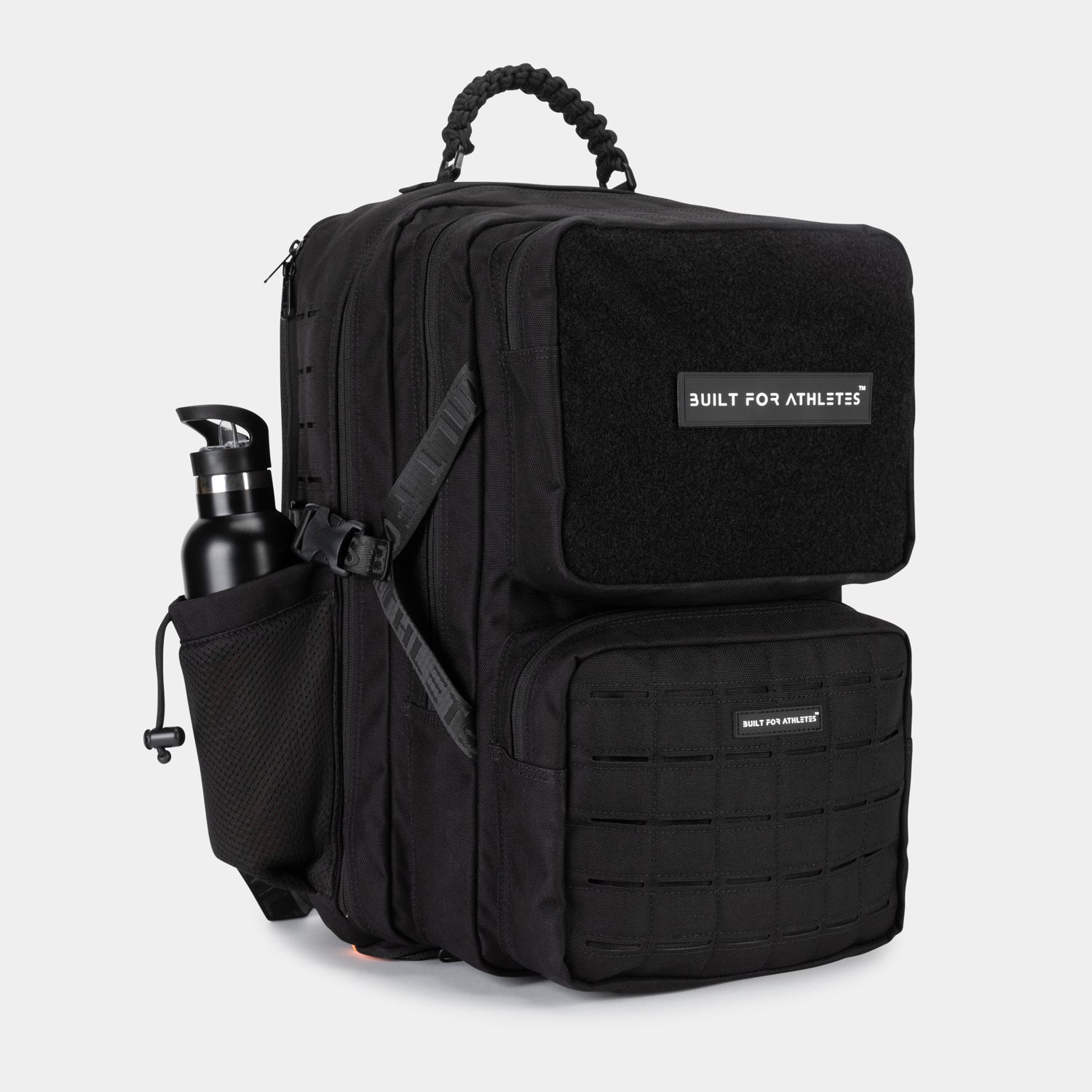








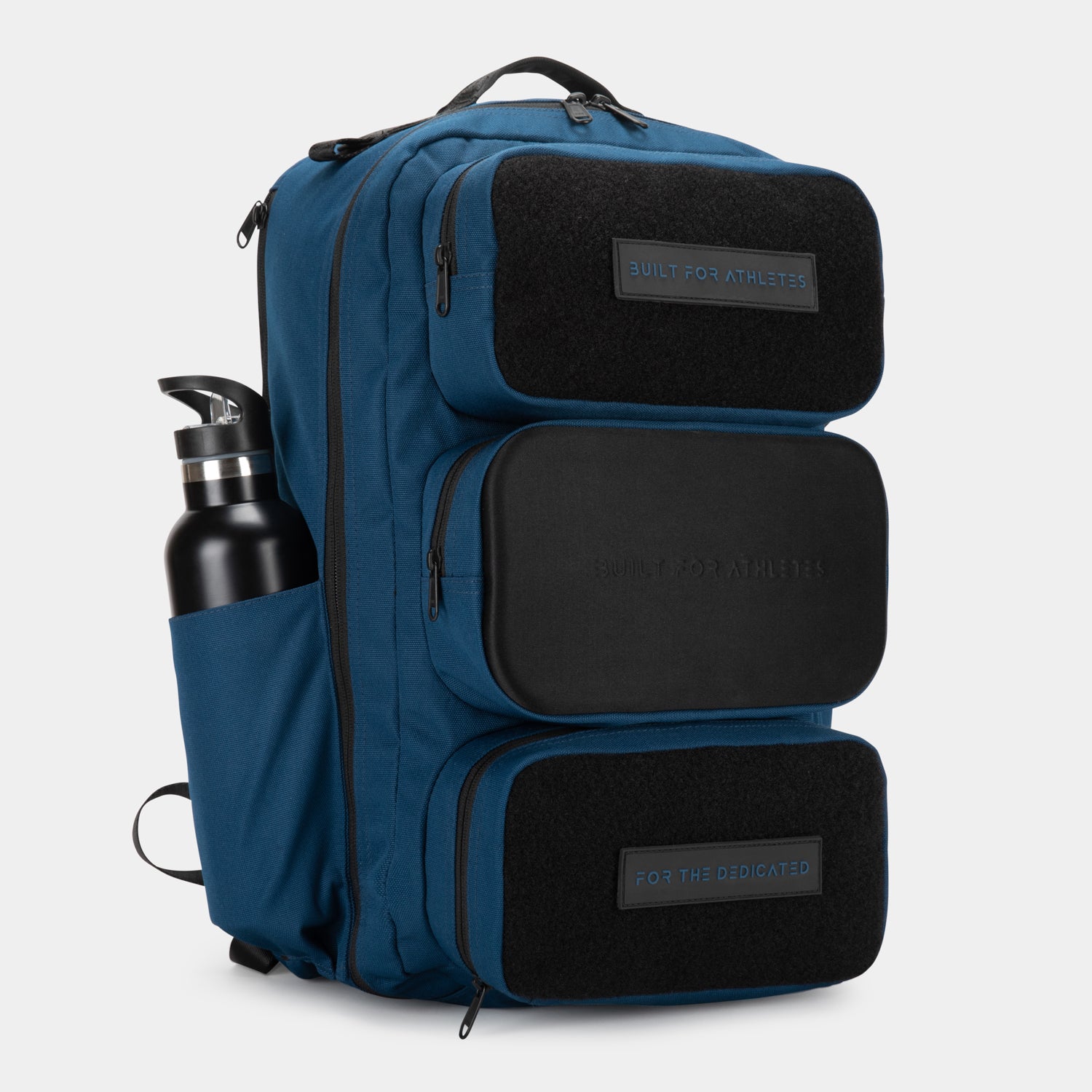
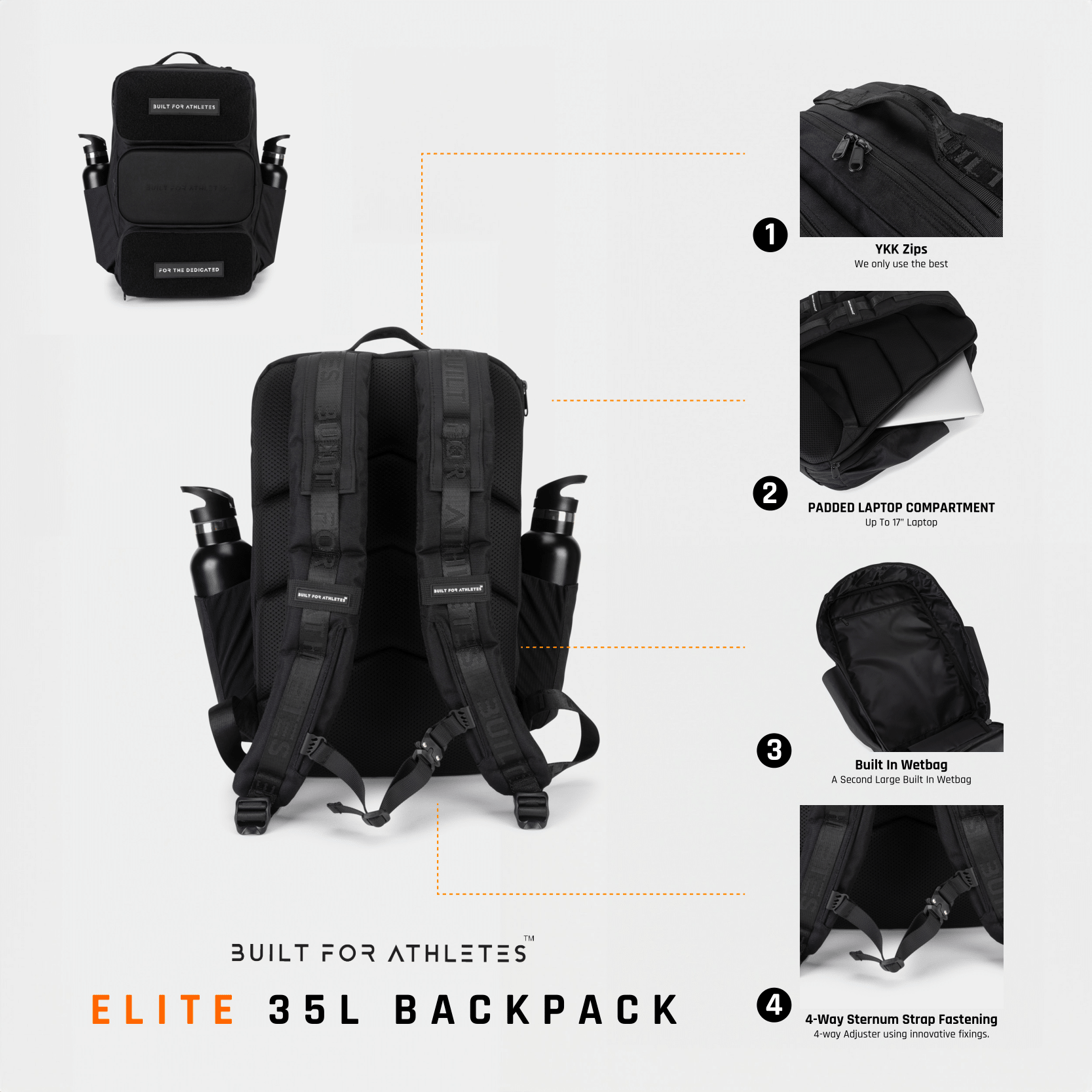






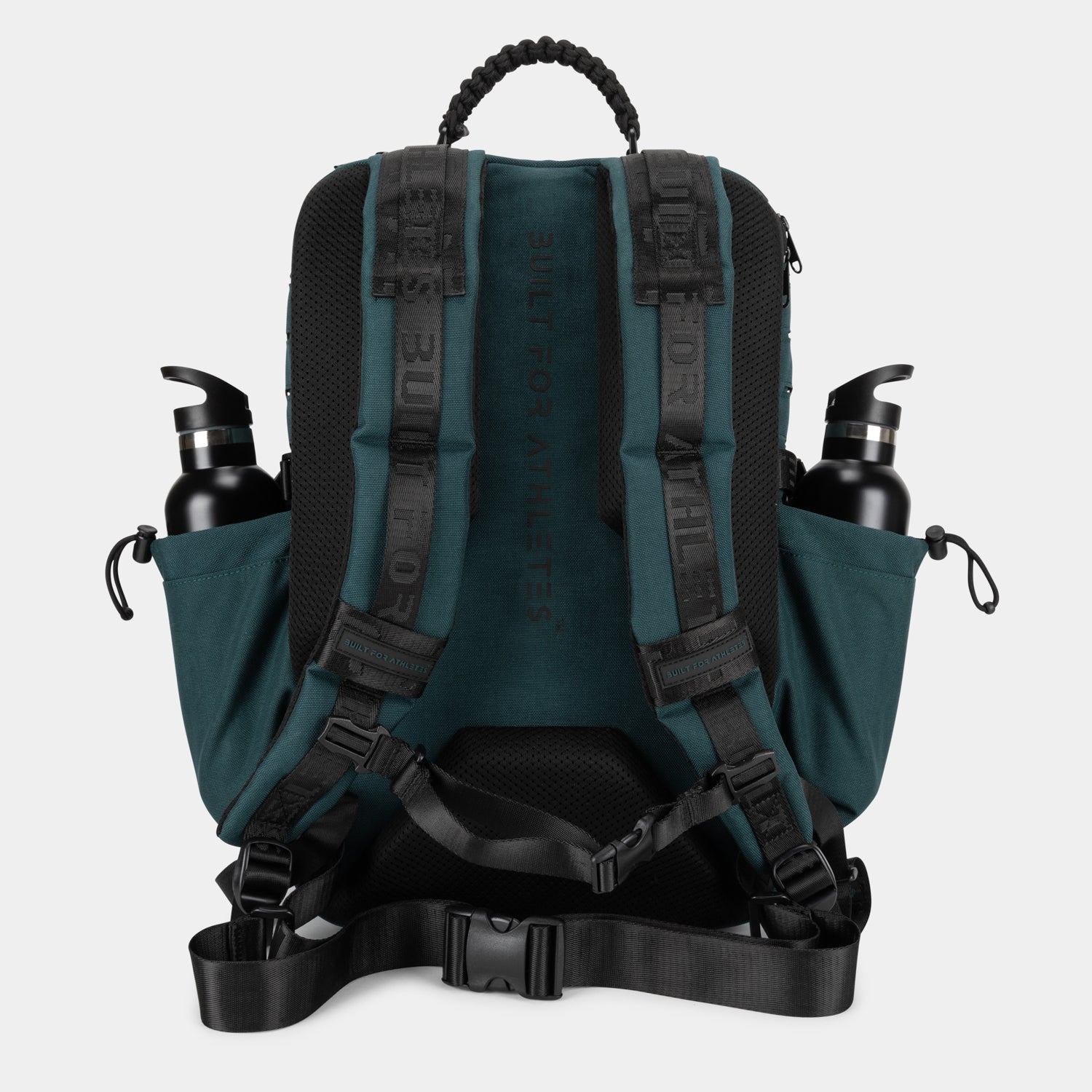
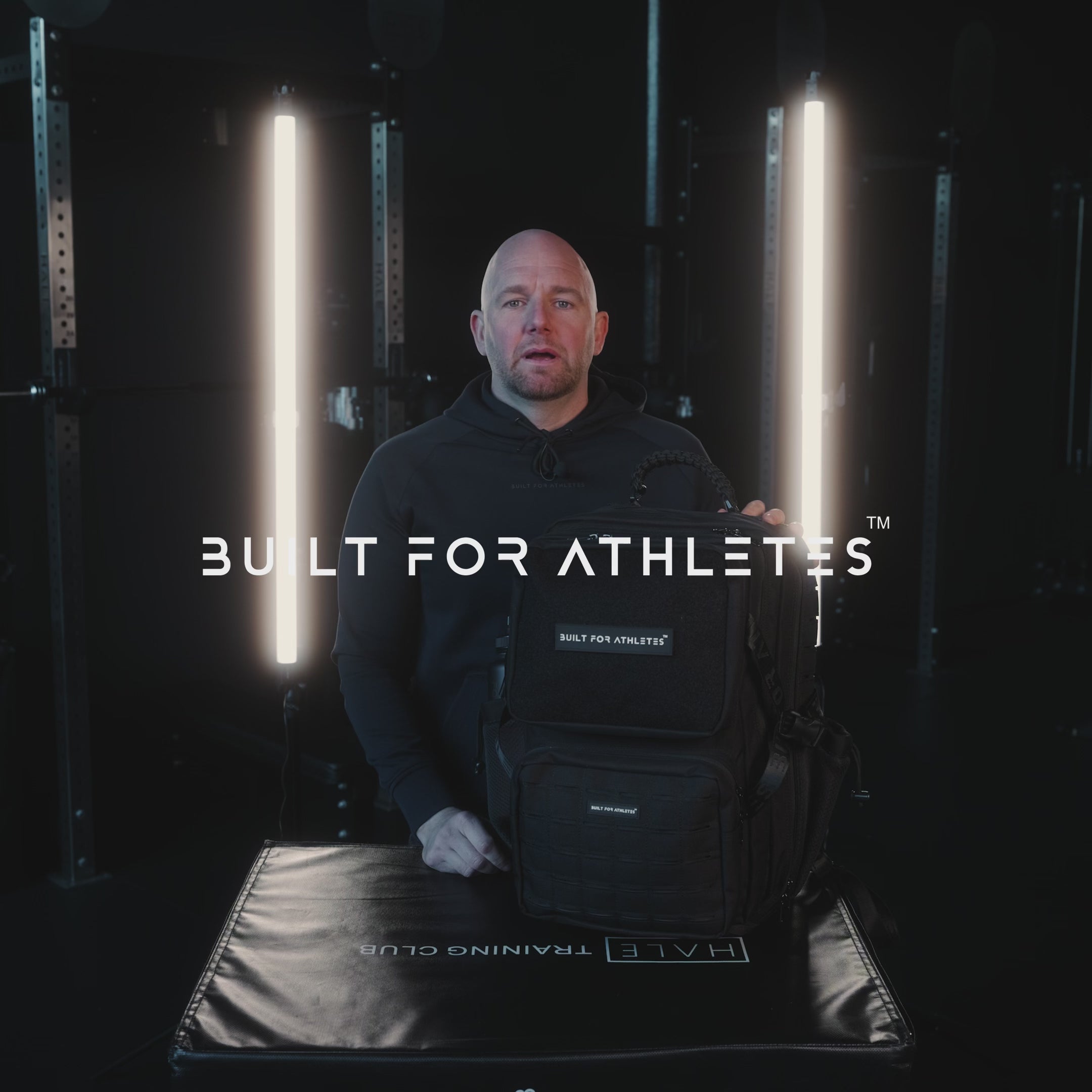
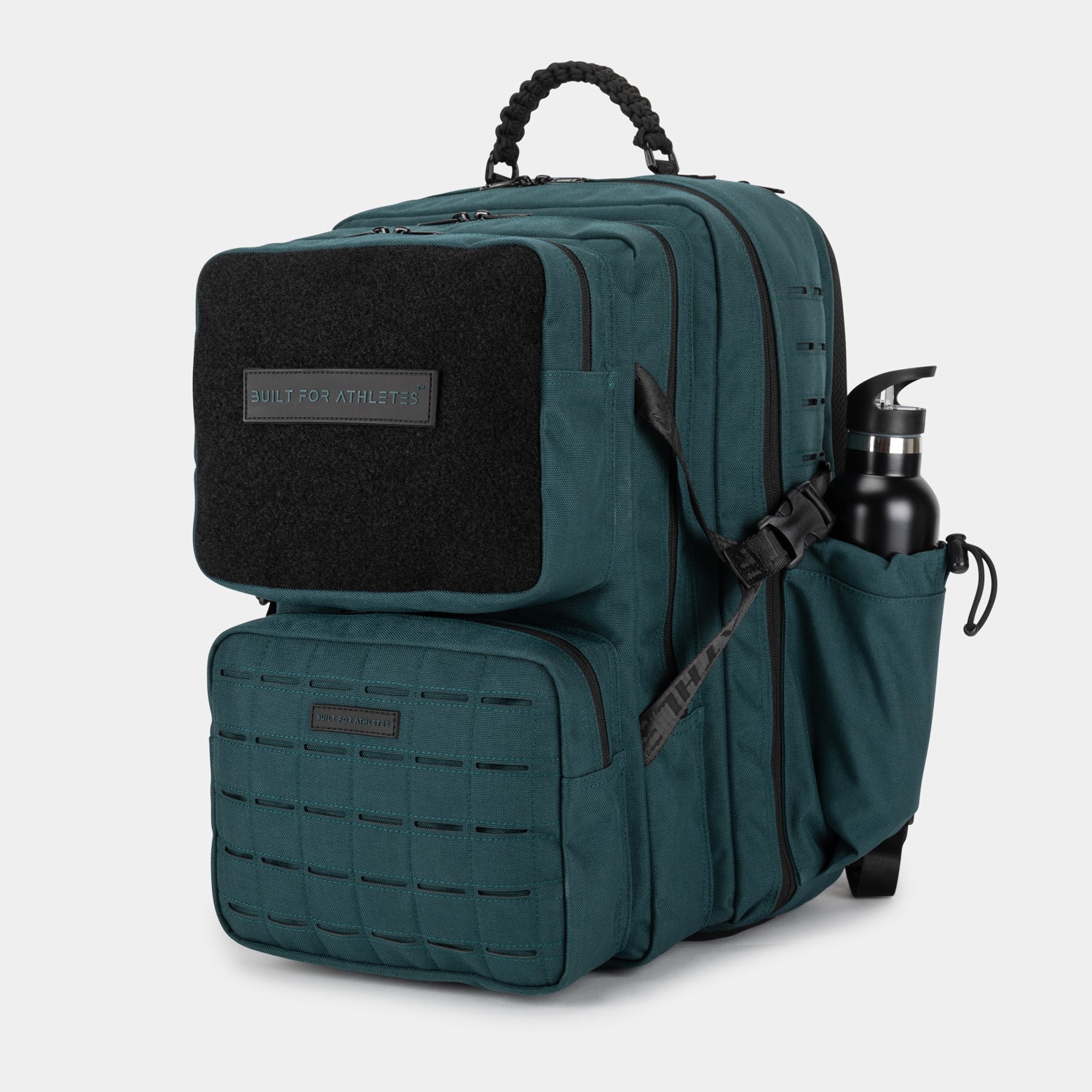
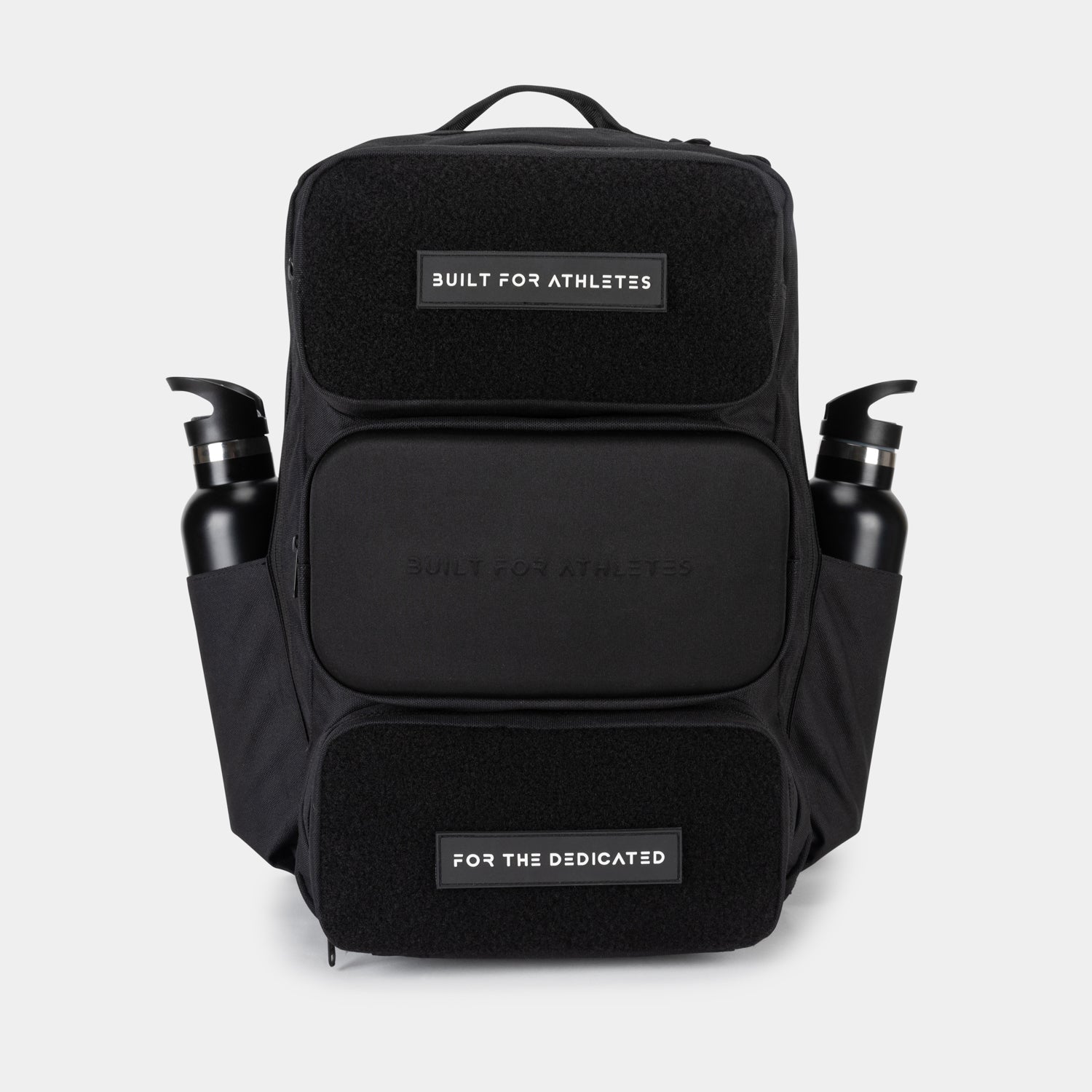

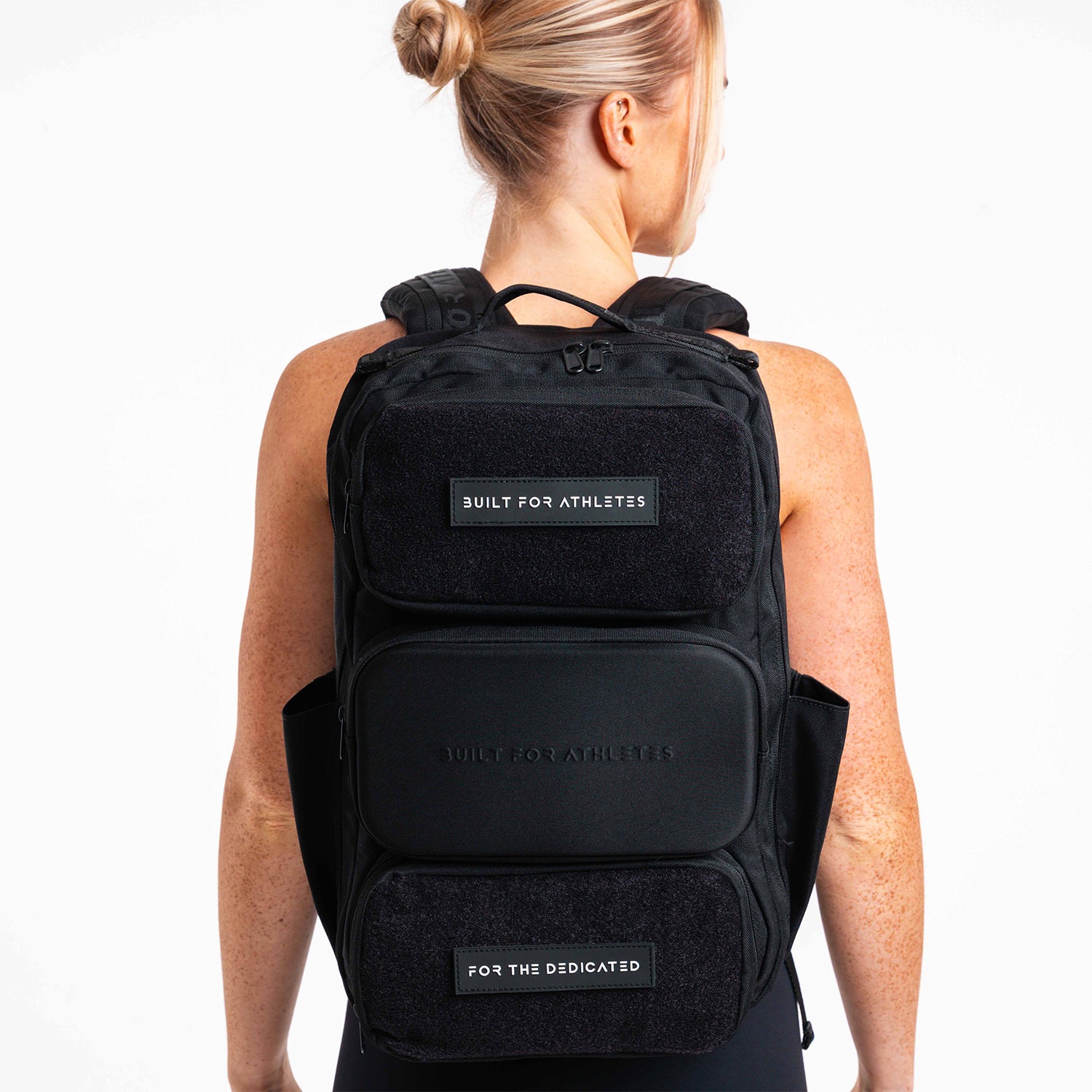
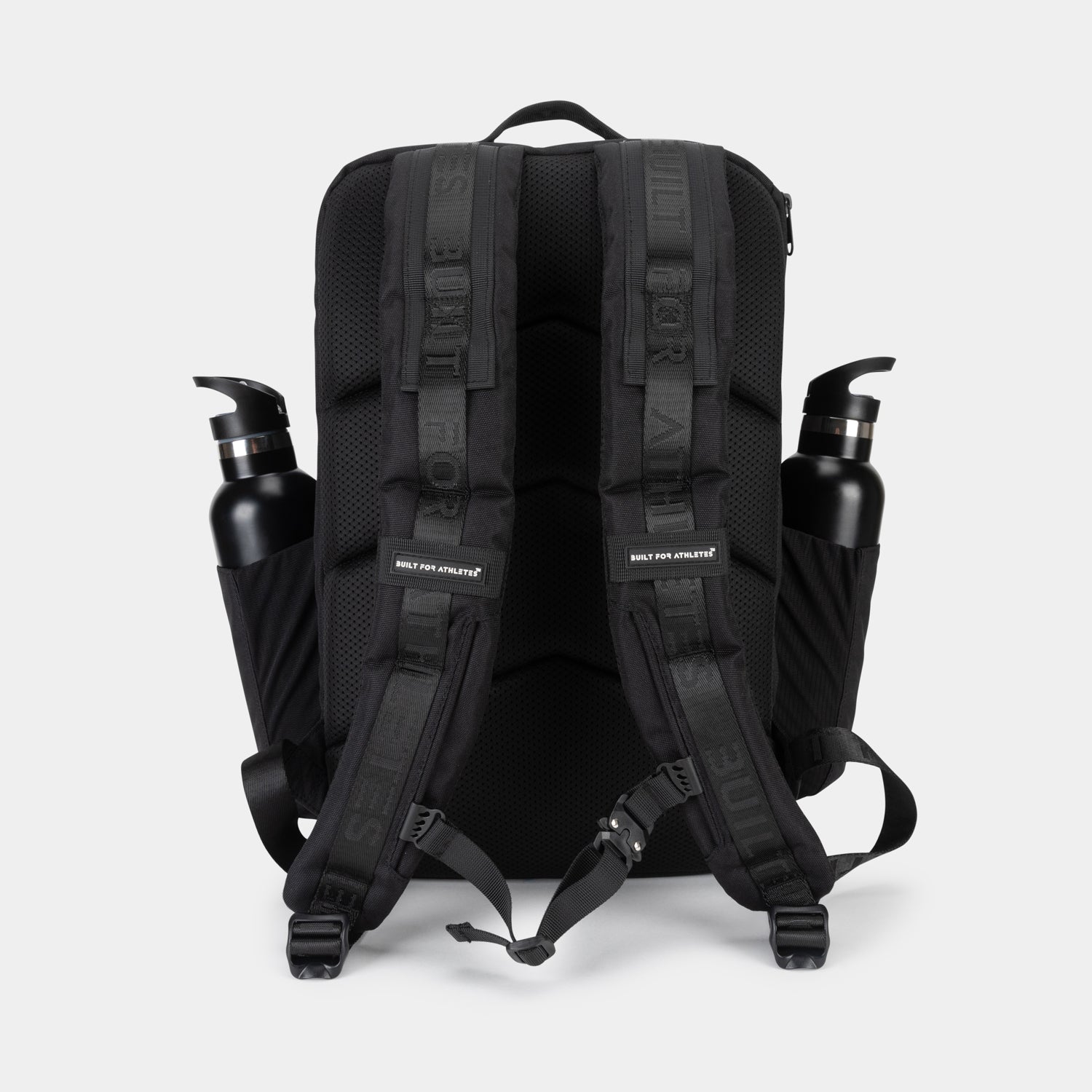
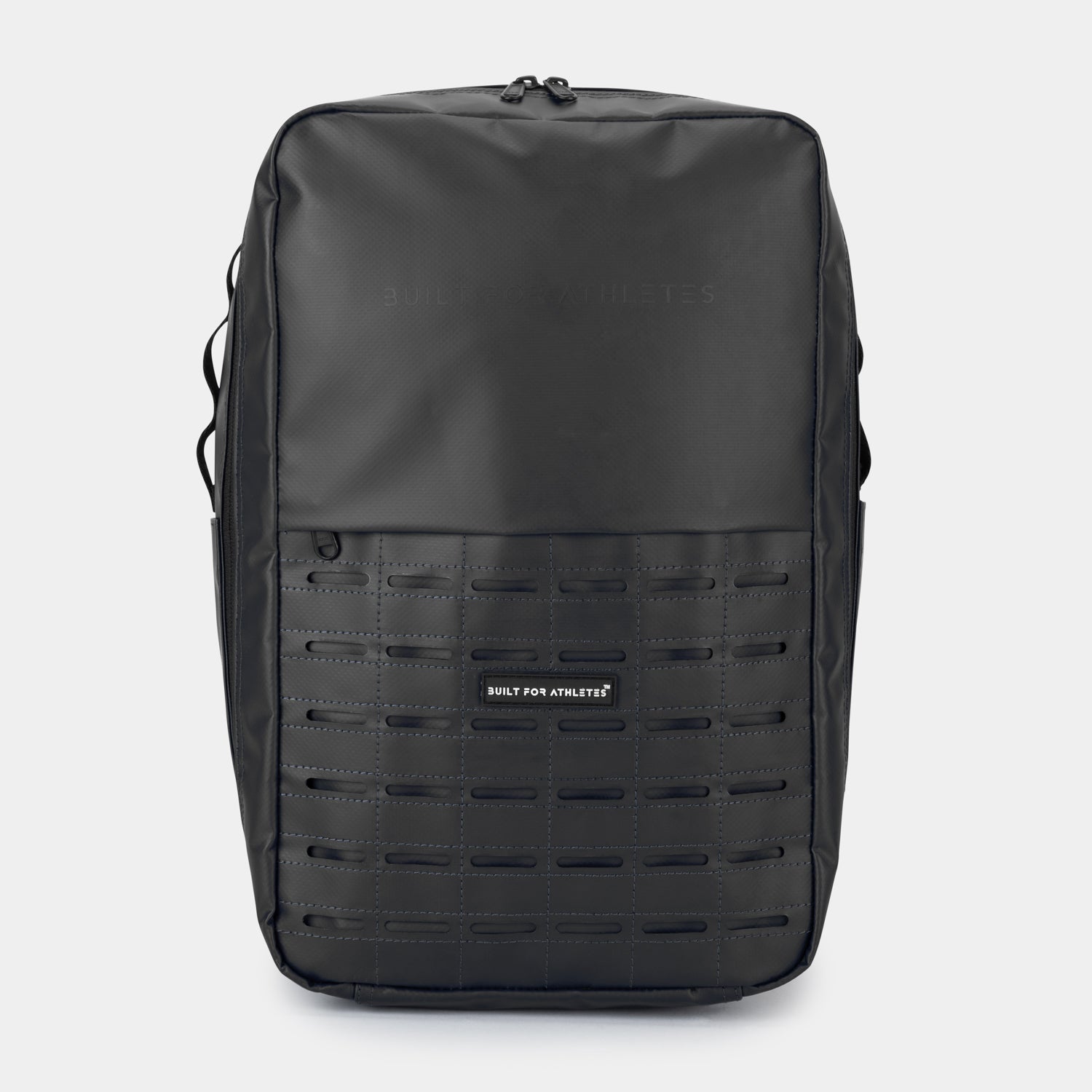
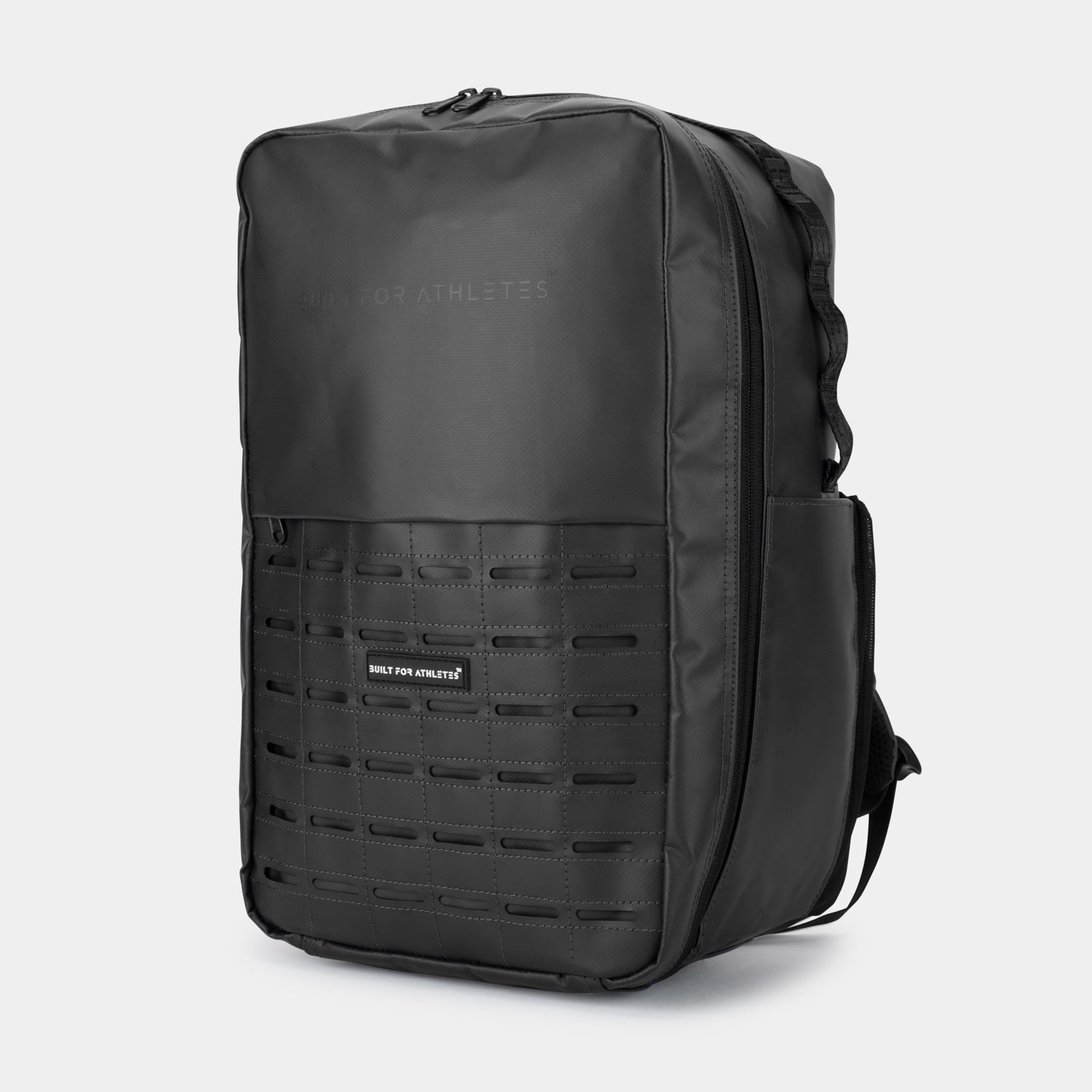

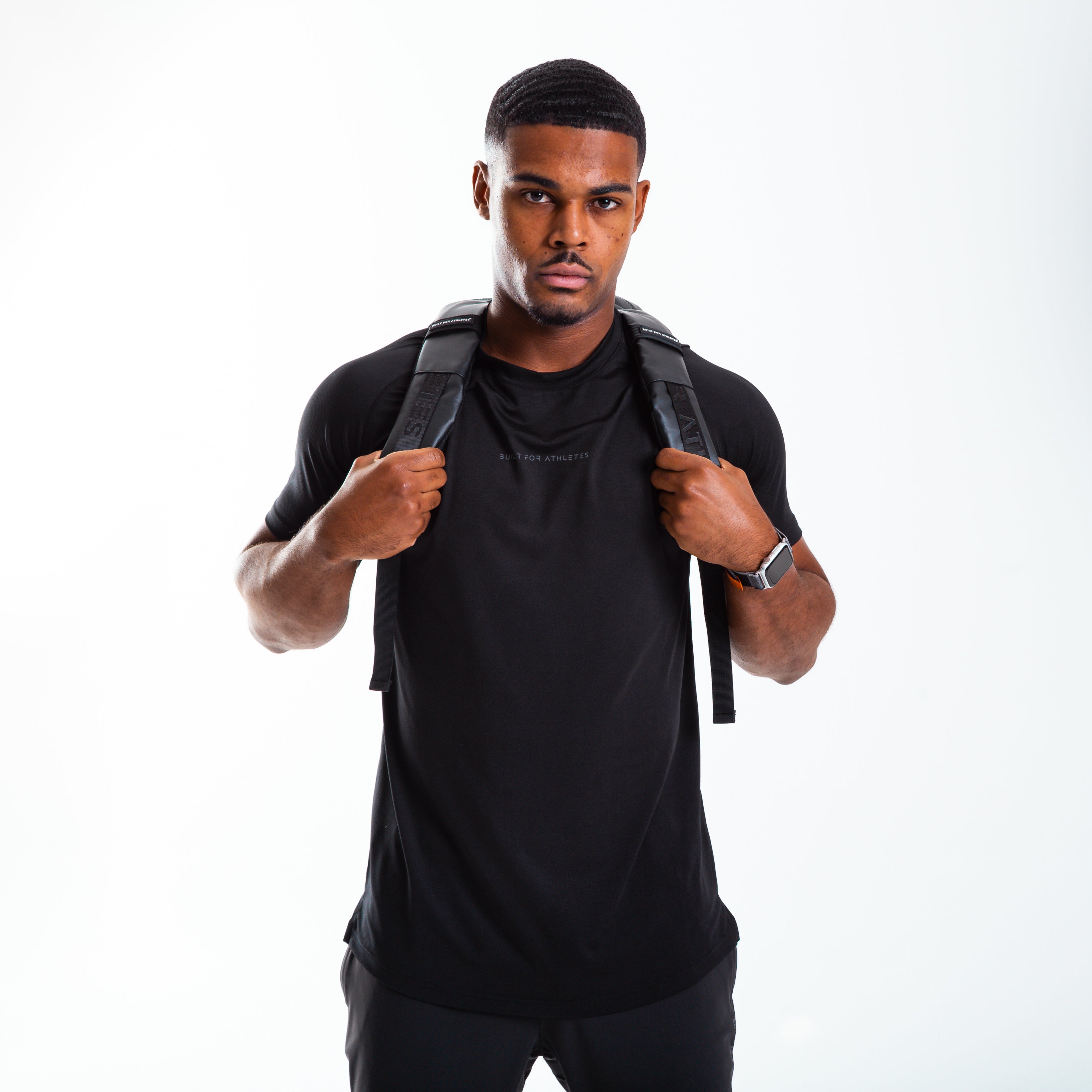



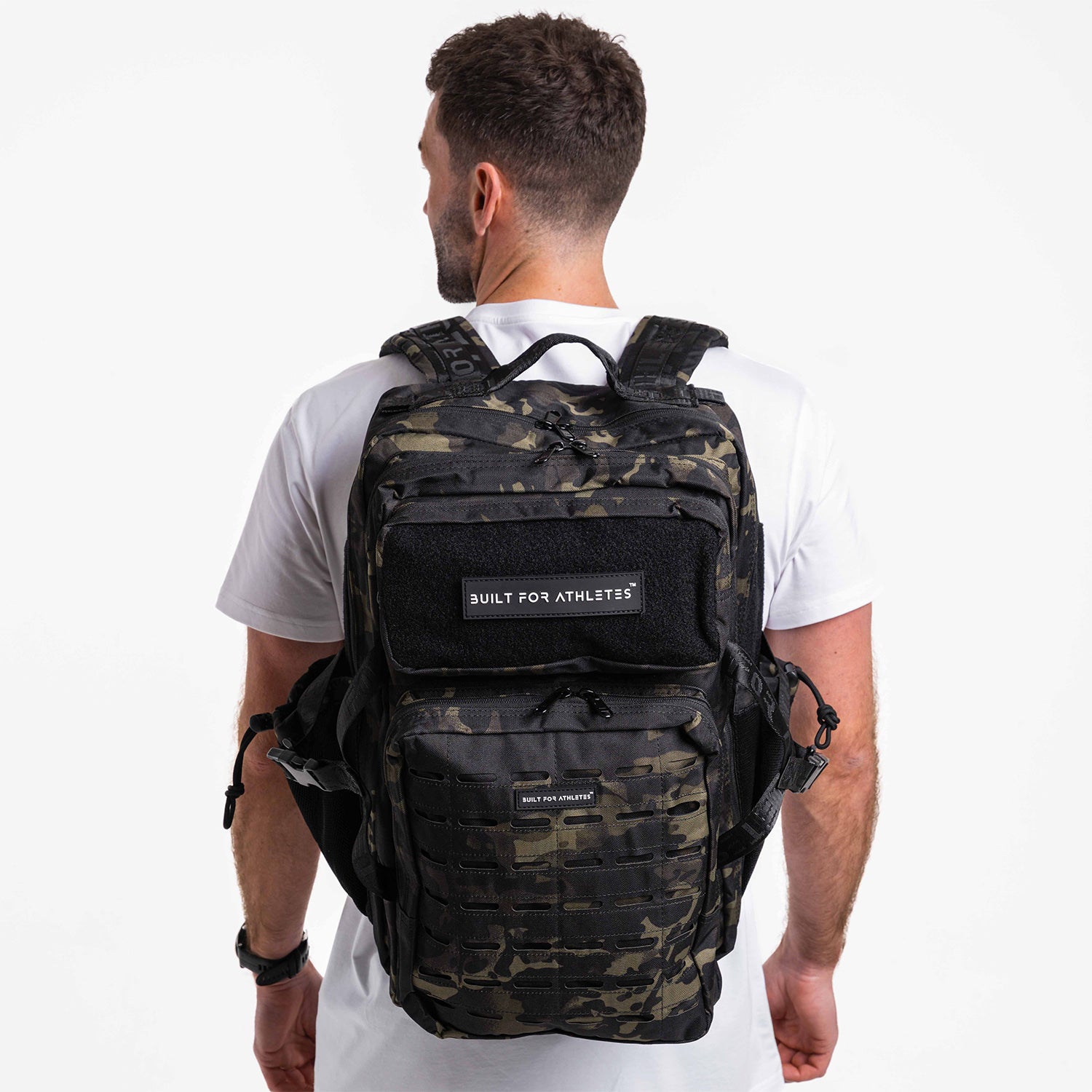

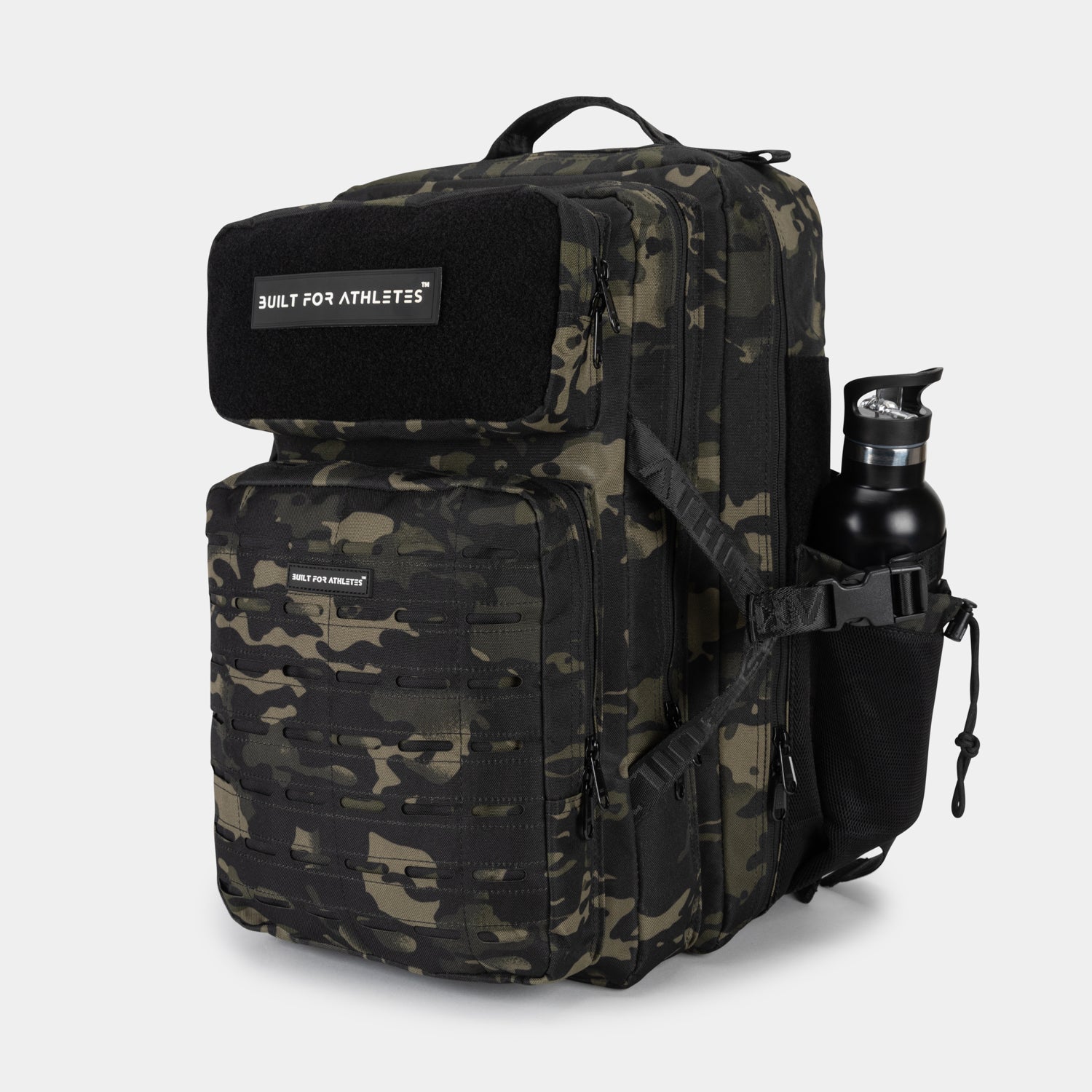
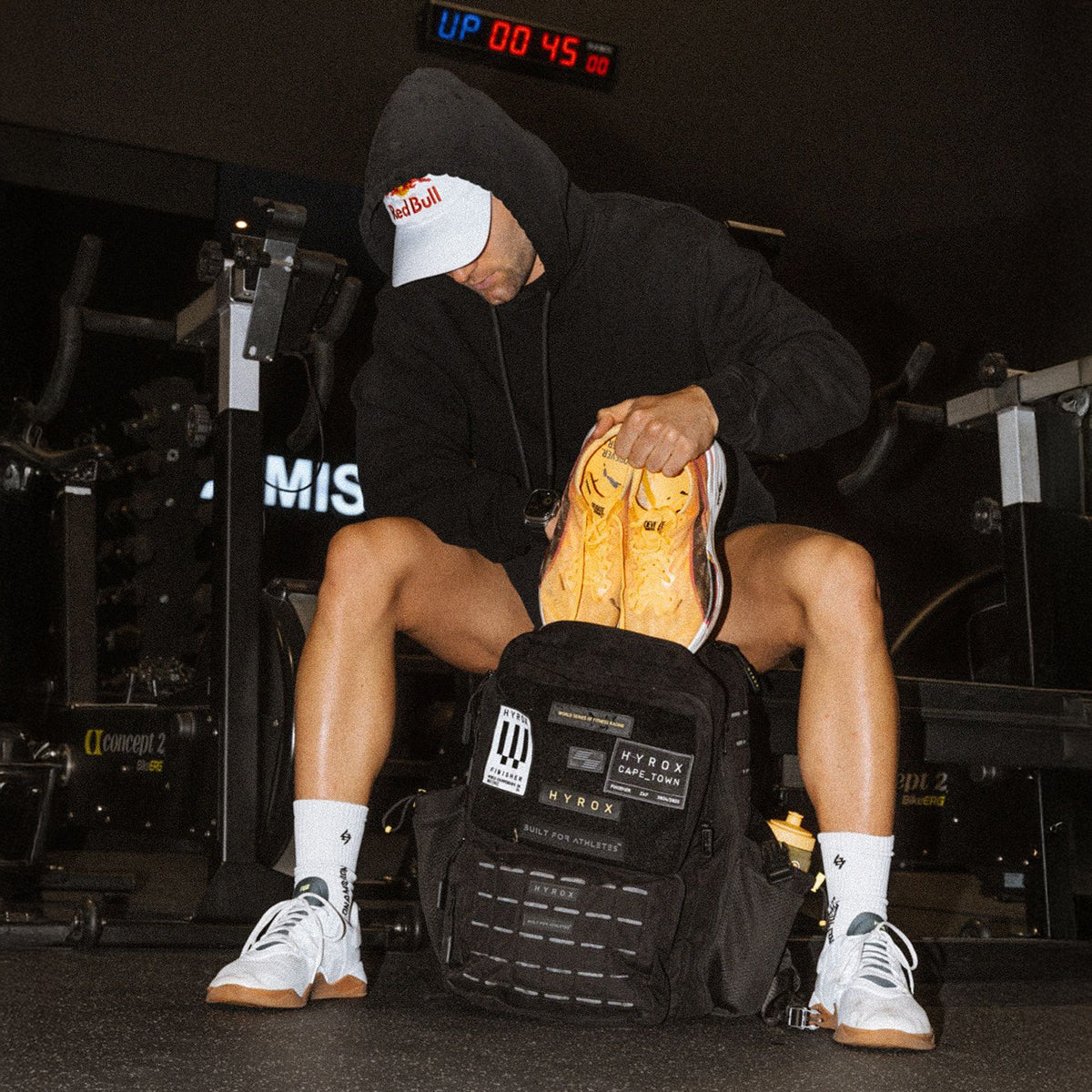

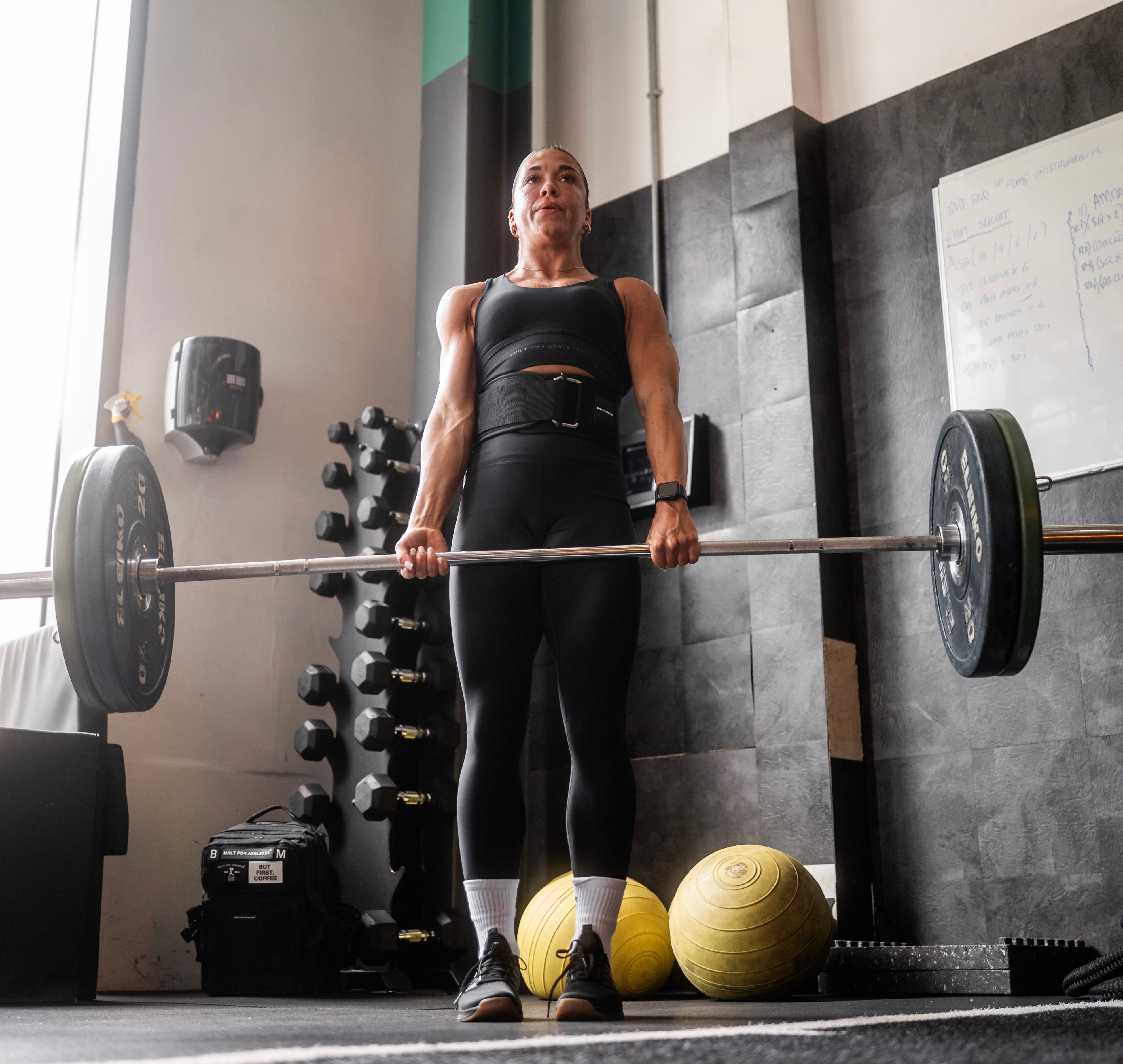
Share:
#WOTW: Jonny Pain Series
#WOTW: JK Series